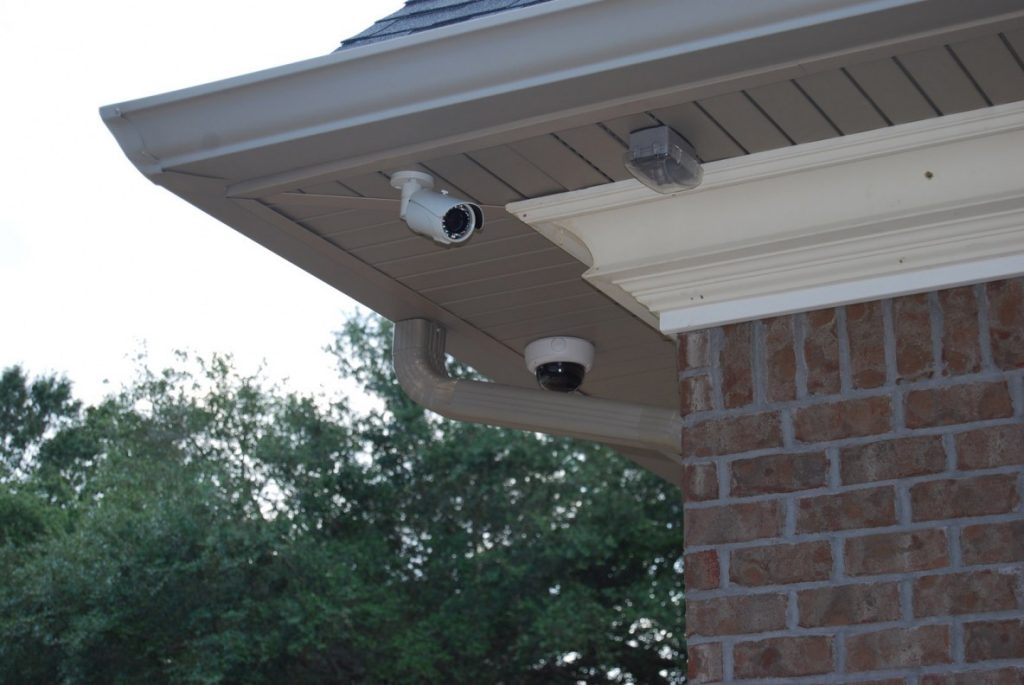Are you tired of living in a rented house? You want to live in your own house but the ever-rising rates concern you? If you look forward to taking a Plot Loan and construct your own house, read along to know about Plot Loans.
A Plot Loan is available easily just like a Home Loan. But there are some key differences. Read along to know more about them.
Some Key Differences Between a Plot Loan and Home Loan
A Plot Loan is specially for you to purchase a plot, unlike a Home Loan where the loan is taken for the purchase or construction of a house. Other than this,
- Property Type and Location: Lenders only give out Plot or Land Purchase Loans for a residential plot. Also, it needs to be within the corporation, municipal, or property limits.
- Lower LTV: LTV (Loan To Value) is the amount of funds you can avail against the value of the property. For Home Loans, it is up to 80-90% but for Plot Loans, it is only available up to 70% at best.
- Plot Loans for NRIs: Most times banks and NBFCs (Non-Banking Financial Companies) don’t give plot loans to NRIs (Non Resident Indians). Even if they do, it may be at a higher interest rate.
- Lower Tenure: While Home Loans can be taken for up to 30 years, most Plot Loans only provide a tenure up to 15 years.
- Capped Loan Amount: Most banks keep an upper limit for Plot loans like Rs.50 lakhs or Rs.1 crore, beyond which you will not receive more funds. Research about this before you apply for a Plot Loan.
- Construction on the Plot: The lender may withdraw their loan, or increase the rate of interest, if the construction doesn’t start as scheduled. Don’t buy the plot if you’re not going to start the construction within the stipulated time.
Tax Exemption on Plot Loans
In a Home Loan, you can apply for a tax exemption and the interest charged during the construction can be claimed up to 5 years even after completion. Whereas with a Plot Loan, you can only apply for a tax exemption after you have finished the construction of your home on the plot.
You need to make sure that you make the construction of your house similar like the previous plan. Any differences may lead to difficulties in availing a loan in the future. You will also need to submit the completion certificate after construction. This is so that the Plot Loan can be converted into a Home Loan and you can avail tax benefits.
Prepayments and Foreclosure of a Plot Loan
Most Home Loans with floating interest rates cannot foreclose the loans. But most banks and NBFCs allow foreclosure options even for Plot Loans with floating interest rates. You can avail a written clarification on this matter before applying for the loan.
For self-employed persons, there are no prepayment charges in a Plot Loan if it is done within 3 years of availing the loan. Beyond three years however, you will incur a prepayment charge of 2%. This does not apply for salaried officials and they will not have to face prepayment charges at any point.
Eligibility Criteria for Plot Loans
In a regular Home Loan, lenders enquire about your employment details and financial conditions. This is to understand your capability to repaying the loan. This will include your monthly salary, your savings history, the number of family dependants, and also your spouse’s income.
For properties that have converted into residential plots, banking institutions will check if the conversion and development charges have been paid. If this is unavailable, then your loan application may be rejected even if you fulfil the above mentioned criteria for the loan.
Some documents required for application
- Allotment letter
- Drawings of the plot approved by an official
- Agreement of sale, or sale deed from an architect or engineer
With this, you understand that Plot Loans are not as beneficial as compared to Home Loans. Make sure to keep all of this in mind when opting for a Land Purchase Loan.



